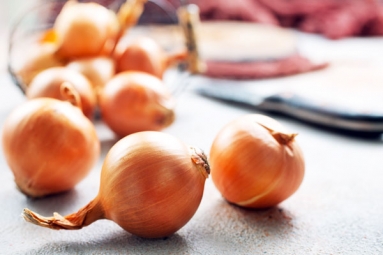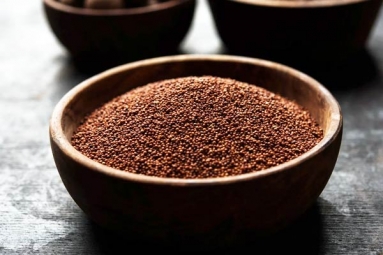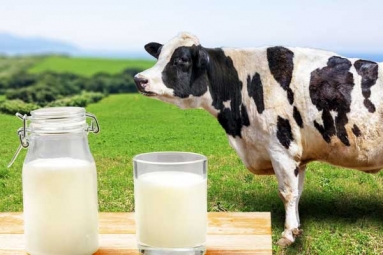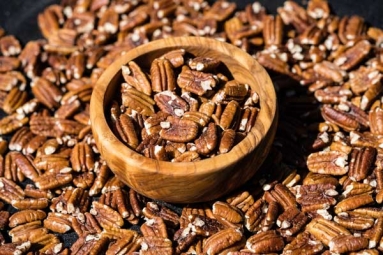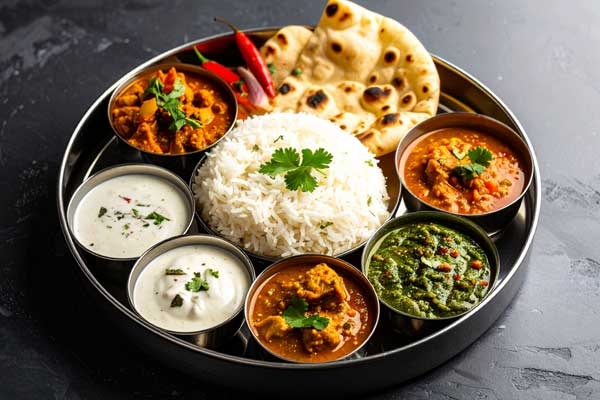
(Image source from: Canva.com)
When the Indian Council of Medical Research (ICMR) shared the most recent results from its nationwide diabetes survey called the India Diabetes (ICMR-INDIAB), it revealed concerning information about eating habits in India and the rise in diabetes, obesity, and other health issues. This research looked at the diets of more than 18,000 adults from different parts of India and discovered that over 62% of daily calories consumed by the average Indian come from poor-quality carbohydrates like white rice, processed wheat, and added sugars. Alongside a high intake of saturated fats and low protein levels, this dietary pattern has created a serious health risk. People who ate the most carbohydrates had a 30% greater chance of developing newly diagnosed type 2 diabetes, a 20% higher risk of prediabetes, and a 22% increased risk of being obese when compared to those who consumed fewer carbohydrates. Surprisingly, even when white rice was switched out for whole wheat or millet flour, the risk of diabetes or belly fat did not decrease. Researchers highlight that what is crucial is cutting down the overall amount of carbohydrates rather than just changing the types of grains.
Key Highlights from the Study:
62.3% of the energy in Indian diets comes from low-quality carbs like refined grains and sugars.
Eating high amounts of carbohydrates raises the risk of type 2 diabetes by as much as 30%, prediabetes by 20%, and obesity by 22%.
Swapping refined carbs for whole grain flour (like whole wheat or millet) did not show improvements. Replacing 5% of carbohydrate calories with protein (from dairy, beans, eggs, or fish) significantly lowered the risk of diabetes and prediabetes. The protein consumption in India is low — only 12% of daily energy — with most of it coming from plant sources, and very little from dairy or animal products.
This study brings forward two major points. Firstly, the total carbohydrate intake needs to be reduced, regardless of the type of grain. Secondly, simply replacing white rice with whole grains like whole wheat or millet flour doesn't provide any advantages. Whole grains should be eaten in their complete form. When they are ground into fine flour, their glycemic index increases, causing the body to react in a way similar to eating refined white rice. Grinding breaks down the structure of the grain, leading to quicker spikes in blood sugar. This finding challenges the common belief that switching from polished rice to “whole wheat” automatically makes the diet healthier. In India, most “whole grains” are consumed as finely milled flour, such as flour made from wheat or ragi, rather than as unprocessed grains like brown rice or whole millets, which diminishes their health benefits. The study points out that protein intake in India is still low, averaging just 12% of daily calories, which is below the global recommendation of 15–20%. Most of this protein comes from plant-based foods, with very little from dairy, eggs, and fish.
A modest, yet well-planned change in diet can greatly enhance one's metabolic well-being. Substituting carbs with protein doesn't necessitate consuming red meat. It involves boosting consumption of plant-based foods, dairy, eggs, and seafood proteins, each offering numerous micronutrients, a good amount of dietary fibre, and a lower effect on blood sugar levels. The isocaloric replacement model used in the research demonstrated that swapping only 5% of calories from carbs with protein reduced the chance of getting diabetes or prediabetes, proving that even slight alterations in food intake can yield significant improvements. Consuming foods such as beans, lentils, and dairy products aids in decreasing the general effect on blood sugar levels from meals. These foods also enhance feelings of fullness, leading people to consume smaller portions more infrequently and to be less inclined to binge on heavily processed foods.
The ICMR's results prompt us to re-evaluate our concept of a nutritionally balanced typical Indian meal. The objective isn't to get rid of staples entirely but to rearrange proportions on the plate. Take a typical South Indian plate with four idlis; instead, reduce it to three and add a further serving of sambar or dal. Similarly, in a North Indian meal containing two aloo parathas, reduce it to just one while increasing the serving sizes of yogurt and dal fry. This strategy of lowering the portion size of cereals while improving the quantity of protein-rich foods consumed alongside can be put into action across a multitude of conventional eating habits throughout various areas, without compromising their unique cultural identities. Each regional plate, whether centered around rice in the southern regions or wheat in the northern areas, can embrace this concept: reducing refined carbohydrates while boosting the consumption of legumes, beans, milk, fish, or eggs.
India's varied culinary landscape makes it hard to come up with a "national food plate" that suits everyone. However, the nutrition-related issues are remarkably consistent. Whether it's wheat, rice, or millet, they all have substantial levels of carbohydrates. Therefore, the overarching message remains the same—cut down on cereal consumption and increase protein intake. Every region stands to gain from adhering to this guidance. Nevertheless, taking into consideration local adaptations is essential. The northeastern regions, for instance, have some of the highest protein consumption levels (reaching up to 13.6% of energy, mainly sourced from fish and red meat), whereas the northern and eastern regions depend more significantly on plant-based proteins or dairy. Nevertheless, modifying dietary habits cannot occur without resolving obstacles related to financial constraints and food access. While pulses and dairy provide nutritional benefits, their accessibility and cost vary considerably from state to state.
Affordability has a crucial effect on dietary decisions. That's the reason the study doesn't advocate for a complete dietary transformation but rather suggests modest, practical adjustments, like decreasing cereal servings and increasing the intake of protein-rich options, such as legumes and dairy. Public distribution systems could offer discounted rates on pulses and healthier oils instead of focusing solely on offering low-quality carbs like white rice. This would empower both people living in cities and in rural areas to make healthier choices without stretching their budgets. One cause for concern when promoting protein substitution is the potential unintended increase in saturated fat consumption, particularly from dairy products, or the possibility of generating financial strain or ecological effects. The study highlights the value of moderation. The emphasis is on plant-sourced and low-fat dairy proteins, rather than full-fat dairy products or red meat. As an illustration, legumes and pulses provide protein in a way that is both affordable and environmentally conscious.
Even with the information, the main issue might be how people act. Eating less rice or bread, which are connected to our comfort and traditions, is harder to do than to say. Our meals will still have the foods we know. We’re not suggesting that anyone give up their traditional meals. The important thing is to balance our portions — cutting back a little on grains and adding more proteins like lentils, yogurt, eggs, or fish. As India deals with a rising number of lifestyle-related health issues, the study clearly tells us: it’s not only about what we eat but also about the amount and balance on our plates.



